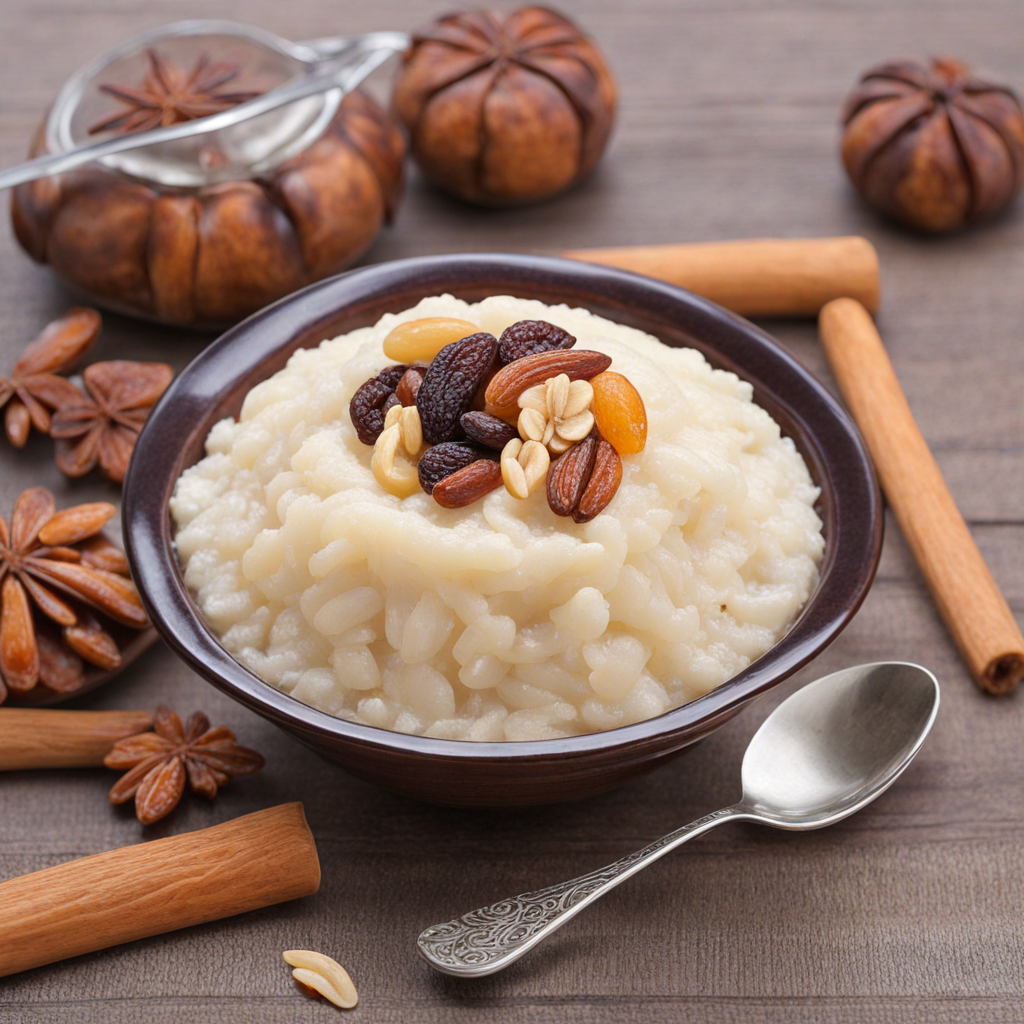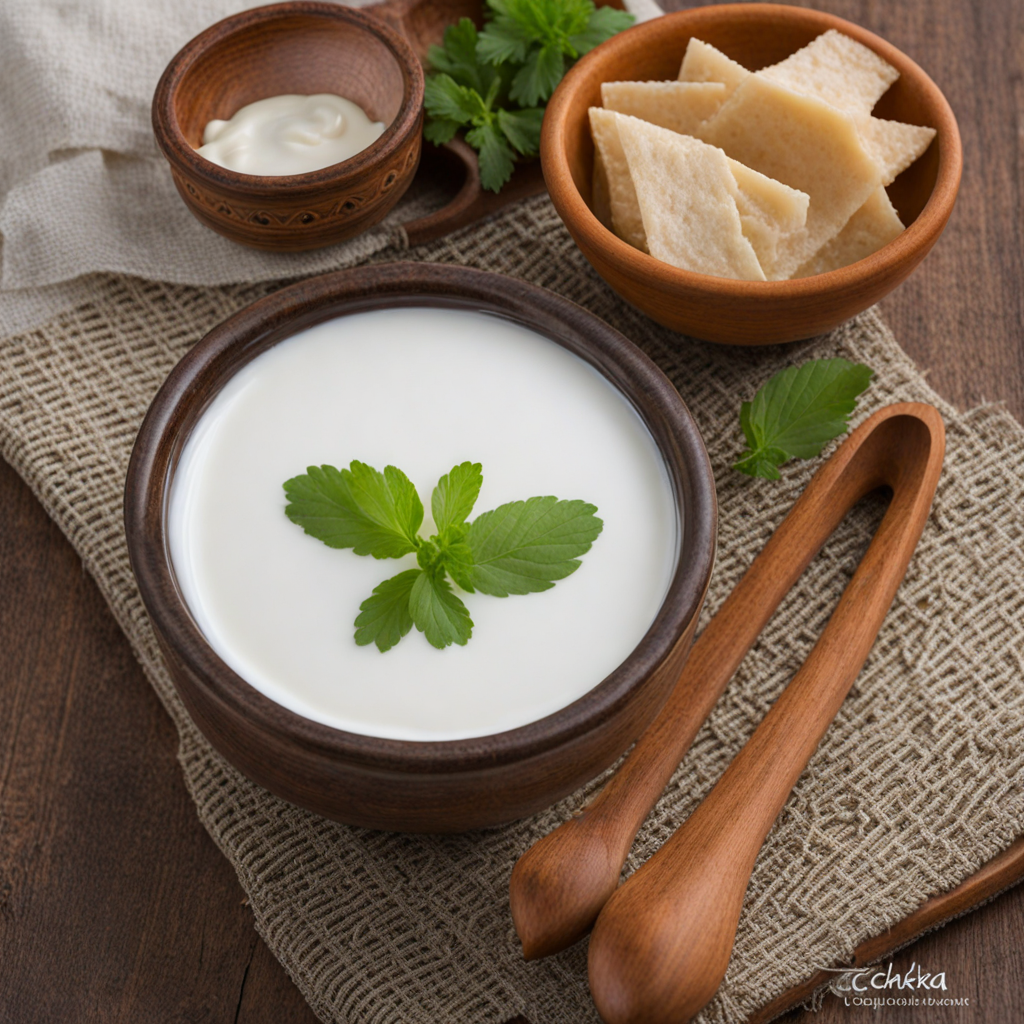Ugro
Ugro is a delightful dish hailing from the rich culinary landscape of Tajikistan, characterized by its hearty and comforting nature. This traditional meal typically features tender chunks of meat, often lamb or beef, slow-cooked to perfection, allowing the flavors to meld beautifully. The meat is accompanied by a medley of fresh vegetables, which might include carrots, potatoes, and onions, all simmered together in a fragrant broth that showcases the use of local spices and herbs. The combination of these ingredients results in a warm, savory experience, perfect for sharing with family and friends during gatherings or special occasions. One of the standout elements of Ugro is its unique seasoning, which often incorporates a blend of cumin, coriander, and sometimes a hint of chili, adding depth and complexity to the dish. The use of fresh herbs, such as dill and parsley, not only enhances the flavor but also provides a vibrant contrast to the rich, meaty base. The broth is typically thickened with a touch of flour or starch, giving it a luxurious texture that clings to the ingredients, making every bite a satisfying experience. Traditionally served with a side of bread or rice, Ugro is not just a meal; it’s a communal experience that encourages sharing and connection. The dish is often enjoyed with a dollop of tangy yogurt or a sprinkle of fresh herbs on top, elevating its flavors even further. For those looking to explore the taste of Tajikistan, Ugro offers a perfect introduction to the country’s culinary traditions, showcasing the warmth and hospitality that defines Tajik culture.
How It Became This Dish
The Culinary Heritage of Угро: A Taste of Tajikistan Introduction: The Essence of Угро Угро, a traditional dish from Tajikistan, embodies the essence of the region's rich culinary heritage, shaped by its geography, culture, and history. This hearty dish, primarily made with meat, vegetables, and spices, showcases the agricultural bounty of Tajikistan while highlighting the communal spirit of sharing and hospitality that defines the Central Asian nation. Origins: A Reflection of Geography and Tradition Таджикистан, nestled in the heart of Central Asia, is endowed with diverse landscapes ranging from mountainous terrains to fertile valleys. The country’s agricultural practices are deeply intertwined with its nomadic past, where herding and farming coexisted. Угро's origins can be traced back to this nomadic lifestyle; it was a dish that could be prepared easily with available ingredients, often cooked over open fires during long journeys. The name "Угро" is believed to derive from the Persian word "ugur," which means "to boil" or "to stew." This indicates that the dish was likely prepared using slow-cooking techniques that enhance the flavors of the ingredients. Traditional cooking methods, such as simmering meats with seasonal vegetables, reflect the resourcefulness of the Tajik people in utilizing what they could grow or raise. Ingredients and Preparation: The Heart of Угро The classic Угро is characterized by its simplicity and the quality of its ingredients. Typically, it features lamb or beef, which are staples in Tajik cuisine due to the region's pastoral traditions. The meat is often accompanied by potatoes, carrots, onions, and various spices like cumin, coriander, and black pepper. Each family might have its unique twist on the recipe, adding personal touches like garlic or herbs. The preparation of Угро is a communal affair, often cooked in large pots to serve gatherings. This communal cooking aligns with the Tajik custom of hospitality, where food plays a central role in social gatherings and celebrations. The dish is usually simmered for several hours, allowing the flavors to meld beautifully, creating a comforting and rich stew that is perfect for sharing. Cultural Significance: More than Just a Meal Угро is more than mere sustenance; it is a symbol of Tajik culture and tradition. In Tajik society, food carries deep cultural significance, often serving as a medium of connection among family and friends. The act of preparing and sharing Угро is an expression of love, respect, and community. It is commonly served during weddings, festivals, and religious observances, making it an integral part of the celebratory fabric of Tajik life. Moreover, the dish represents the country’s agricultural heritage. Tajikistan’s economy has historically been agrarian, with an emphasis on both crop cultivation and animal husbandry. As a result, Угро is a reflection of the seasonal harvests, showcasing the freshness of local produce, which varies throughout the year. This seasonal aspect not only enhances the dish's flavor but also reinforces the connection between the land and the people. The Evolution and Influences on Угро Over time, Угро has adapted to the changing culinary landscape of Tajikistan. As the country modernized and became more integrated with global influences, variations of Угро began to emerge. The infusion of new ingredients and cooking techniques, as well as the accessibility of international spices, has led to a broader interpretation of the dish. In urban areas, for instance, people may substitute traditional ingredients with more readily available ones, creating a fusion of flavors that retains the essence of the original dish while catering to contemporary tastes. Additionally, the rise of tourism has introduced Угро to a wider audience, further popularizing it beyond its traditional roots. Restaurants and food vendors in Tajikistan’s cities now feature Угро on their menus, often serving it with a modern twist, while still honoring its traditional roots. Modern-Day Угро: Global Recognition and Culinary Revival In recent years, there has been a renewed interest in traditional Tajik dishes like Угро, driven by a movement to preserve cultural heritage in the face of globalization. Chefs and home cooks alike are rediscovering the joy of traditional recipes, emphasizing local ingredients and time-honored cooking methods. Food festivals and culinary events have also spotlighted Угро, celebrating its cultural significance and inviting young generations to learn the art of making this beloved dish. Social media has played a pivotal role in this revival as well. Platforms like Instagram and TikTok have allowed food enthusiasts to share their versions of Угро, showcasing its preparation and presentation. This has not only fostered a sense of pride in Tajik culinary traditions but has also sparked curiosity among international audiences, leading to a greater appreciation of Central Asian cuisine as a whole. Conclusion: The Future of Угро Угро stands as a testament to the resilience and adaptability of Tajik culture. Its journey from a simple dish rooted in nomadic traditions to a celebrated culinary staple reflects the broader narrative of Tajikistan itself—a country rich in history, culture, and community. As Tajik society continues to evolve, Угро will undoubtedly remain a cherished part of its culinary landscape, bridging generations and bringing people together over shared meals. As we look to the future, Угро symbolizes the enduring nature of tradition amidst change, inviting both locals and visitors alike to experience the warmth and hospitality of Tajikistan through its flavors. Whether enjoyed at a family gathering or a bustling restaurant, Угро continues to nourish not just the body, but the soul, ensuring its place in the heart of Tajik culture for generations to come.
You may like
Discover local flavors from Tajikistan







